Achieving a harmonious aquarium environment isn't rocket science; it's all about understanding nature's principles. You'll want low organic pollution, thriving, vibrant plants, and the right number of fish – not too many, not too few. These conditions tilt the balance in favor of your plants and make life tough for algae. As an aquarium keeper, your key task is to nurture your aquatic world, especially through fertilization. The best way to outcompete algae and maintain a healthy aquarium is by promoting the growth of robust, flourishing plants.
Carbon dioxide fertilization is the top remedy
Enter carbon dioxide (CO2) fertilization – the ultimate secret weapon. A CO2 injection system gives your plants the perfect environment to flourish and gobble up the nutrients that would otherwise fuel those pesky algae. In our experience, an aquarium with a robust CO2 supply is leagues ahead of one without it.
But CO2 is just one piece of the puzzle. You must also ensure your plants get the other essential nutrients and trace elements. You can achieve this with a nutrient-rich undergravel substrate, liquid fertilizers, or both. Of course, everything in your aquarium – the lighting, the plant selection, and your aquatic companions – must align with your fertilization strategy. Too much light, slow-growing plants, and nutrient excess create an algae paradise. To prevent that, consider a regular 30% water change each week. It's like a breath of fresh air for your aquatic garden.
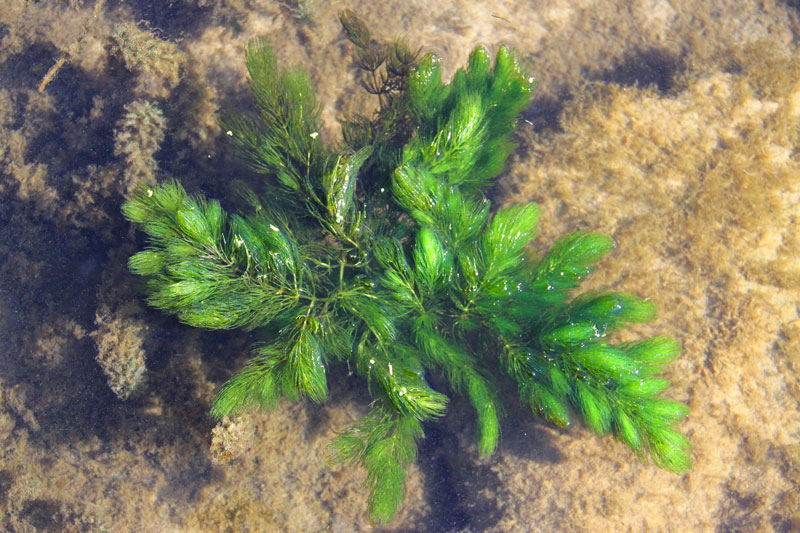
The best algae prevention is a relatively low stock of fish
Now, here's a neat trick: keep your fish population on the lower side. Fewer fish mean less food entering your ecosystem, reducing nutrient levels. And speaking of food, opt for high-quality, natural options for your aquatic friends – it can do wonders in taming those algae.
Don't underestimate the power of light! Manage the intensity and duration carefully. Keep the lights on for no more than 10 hours, and throw in a 3-4 hour break around noon. It's like a siesta for your plants, allowing them to recharge their photosynthetic batteries.
Green weapons against algae
Let's talk about your green allies in the war against algae. Hornwort (Ceratophyllum demersum) is a champion. It devours excess nutrients and paves the way for other plants to thrive. When its job is done, simply relocate it to a glass vase – a stunning home decor piece.
And don't forget the "moss balls" – they're technically algae balls, but they're your natural allies. These fuzzy wonders are formed by green algae and harbor microorganisms that devour nitrates, depriving algae of their favorite nutrients.
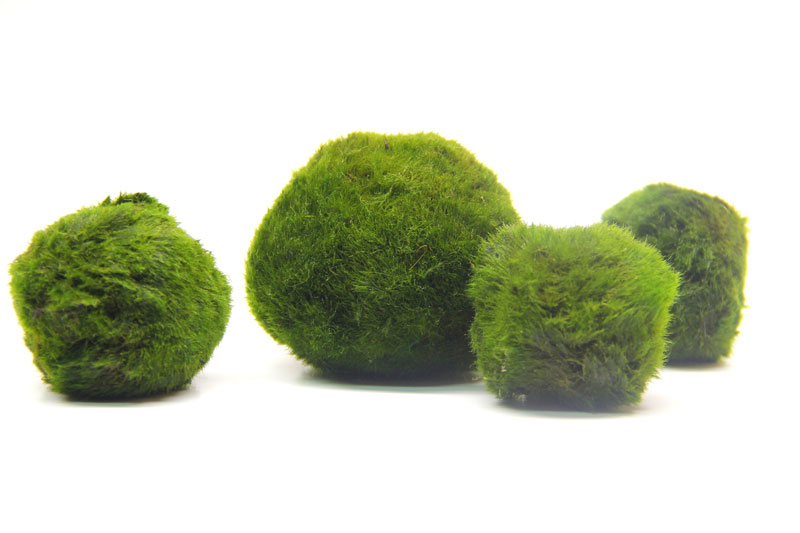 Now, here's a tip: steer clear of anti-algae products; they only treat the symptoms and harm your aquatic plants. Instead, consider enlisting algae-eating troops like Amano shrimp, Otocinclus catfish, and various livebearers. These diligent workers keep your aquarium spick and span.
Now, here's a tip: steer clear of anti-algae products; they only treat the symptoms and harm your aquatic plants. Instead, consider enlisting algae-eating troops like Amano shrimp, Otocinclus catfish, and various livebearers. These diligent workers keep your aquarium spick and span.
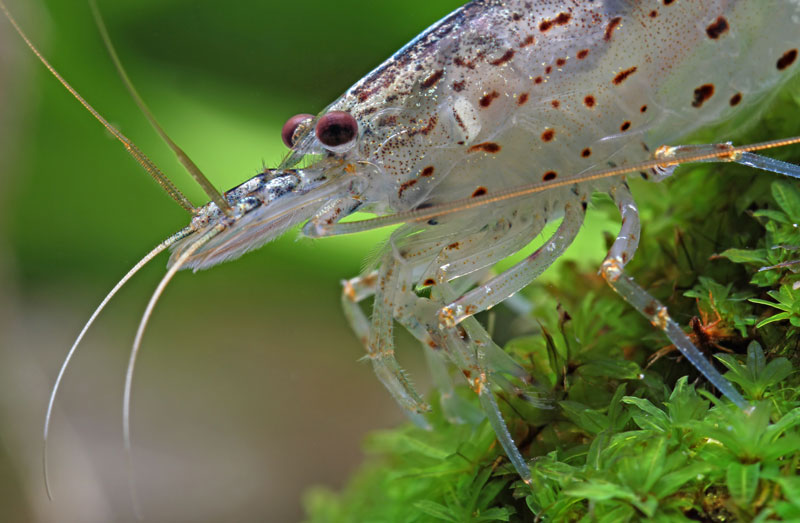

Otocinclus catfish are highly recommended. This small, peace-loving fish should always be kept in a group of at least 5-10 animals. It tirelessly "processes" algae deposits on leaves, wood, stones, as well as the glass.
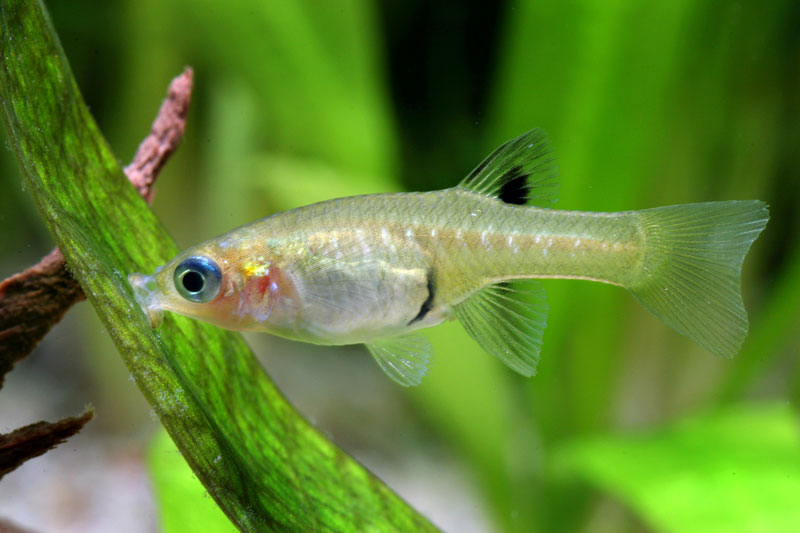
Lastly, let snails like the zebra nerite snail and the horned nerite Clithon handle the glass-cleaning duties. They have a knack for it, and they'll graze on algae almost anywhere in your tank.
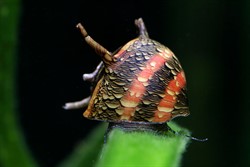 |
 |
 |

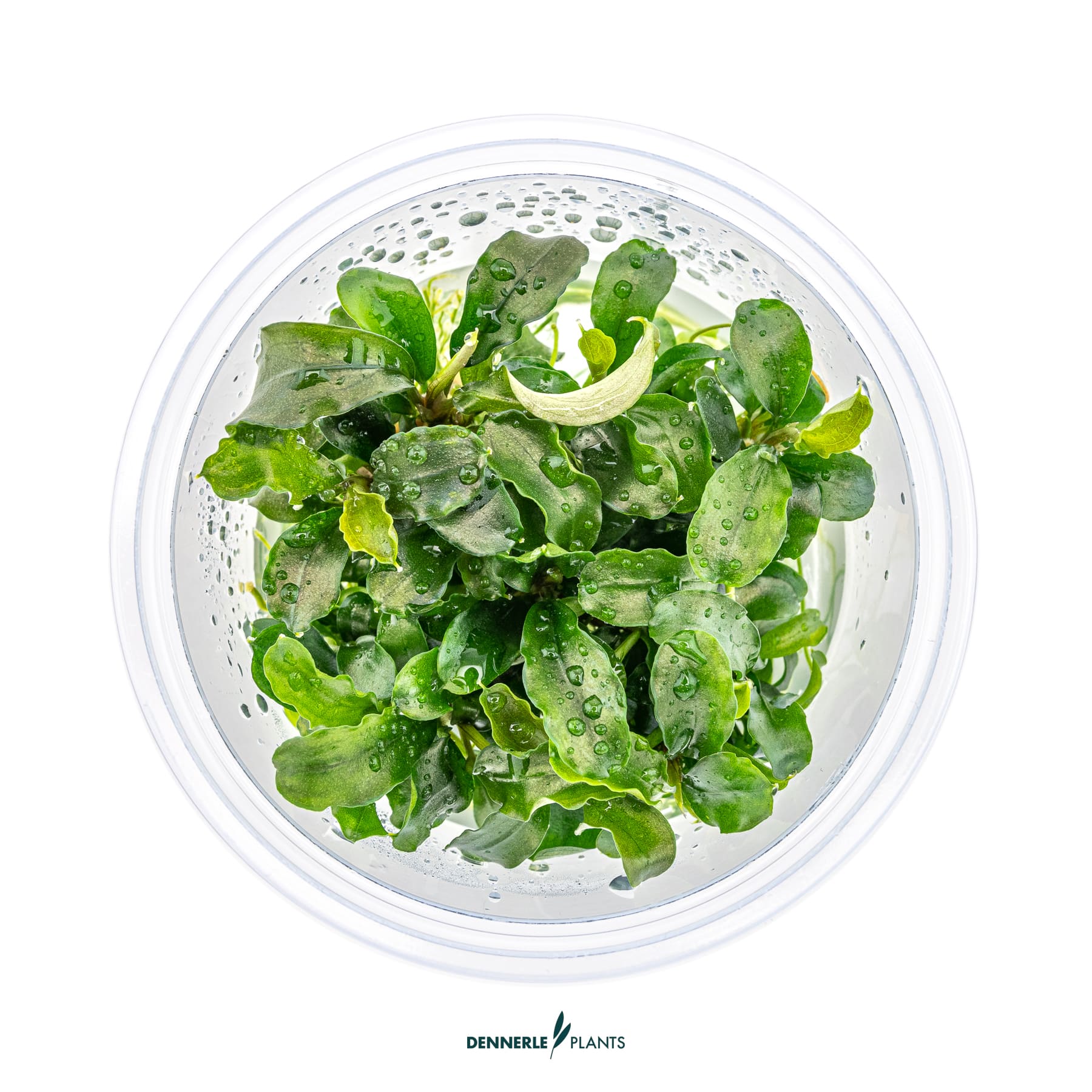
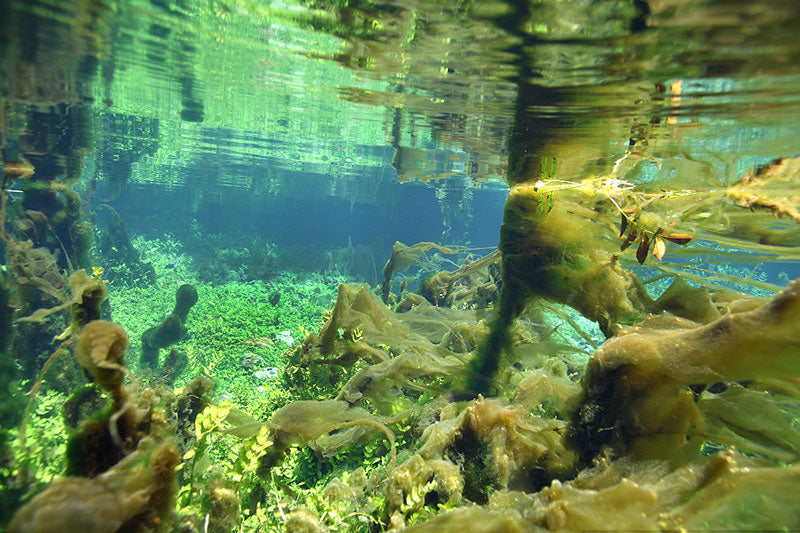



Leave a comment
This site is protected by hCaptcha and the hCaptcha Privacy Policy and Terms of Service apply.